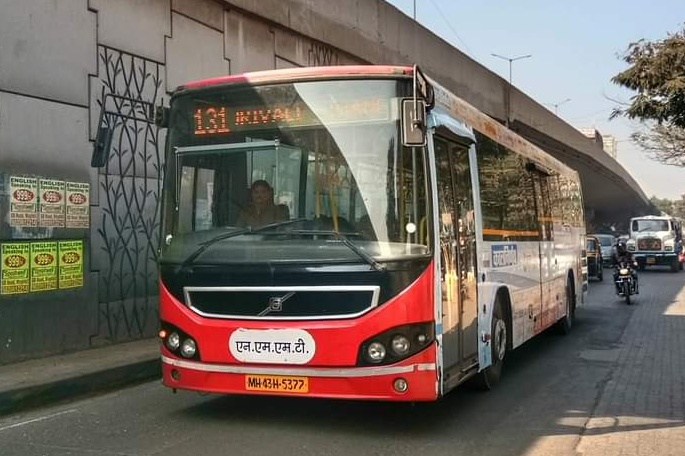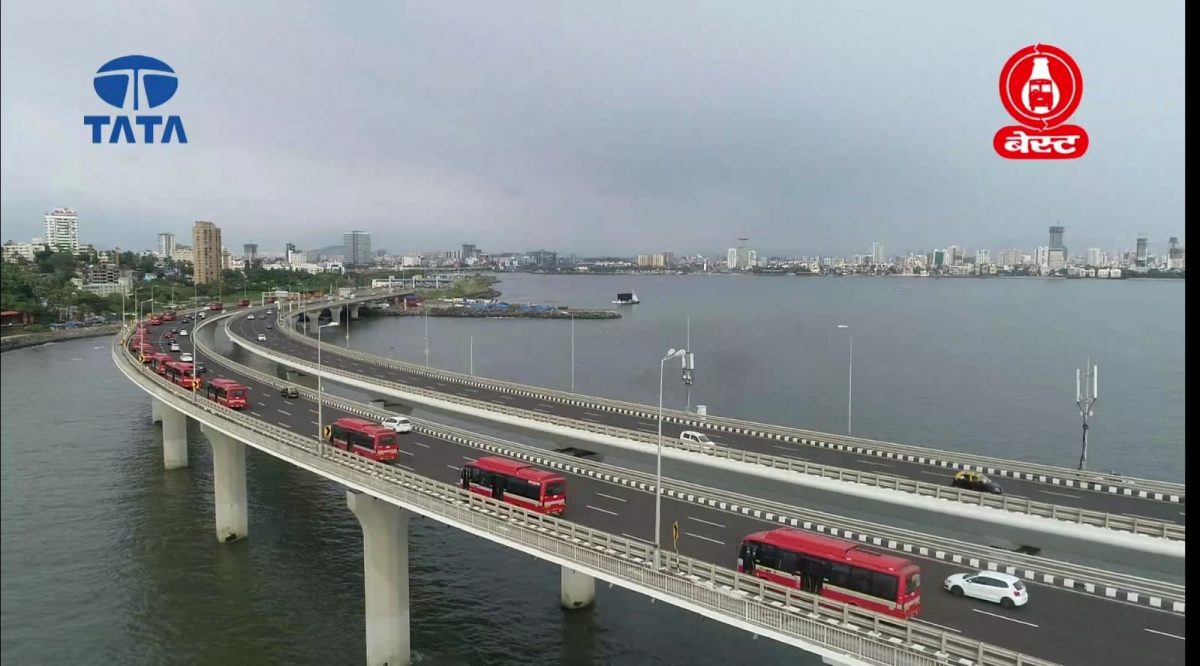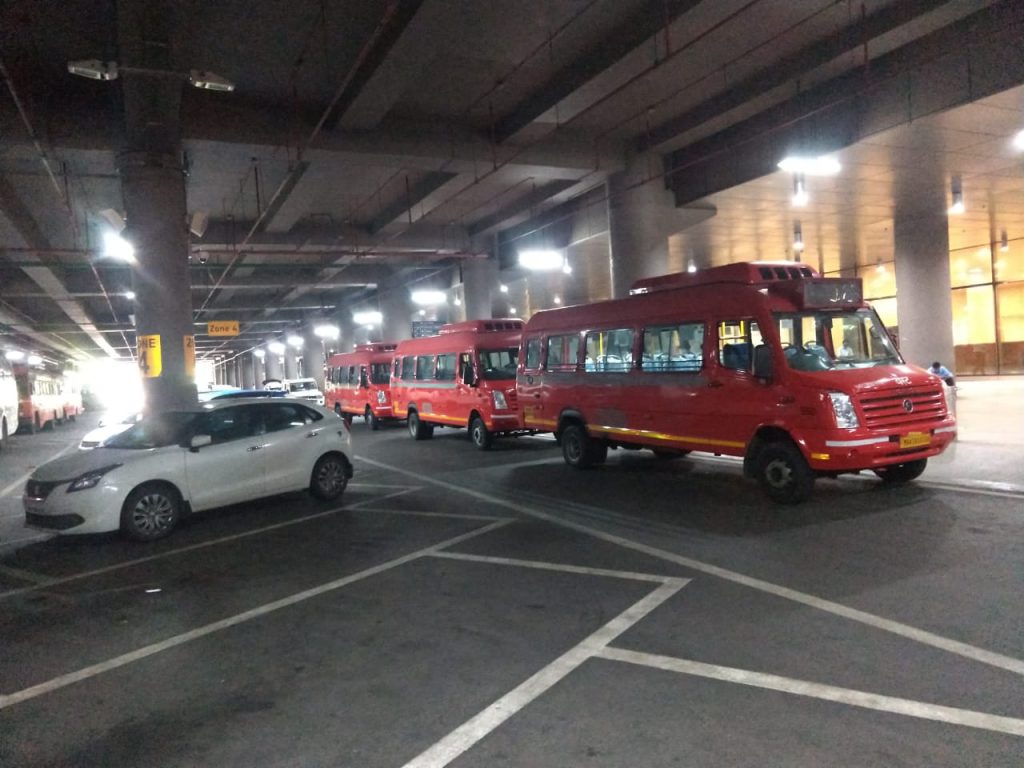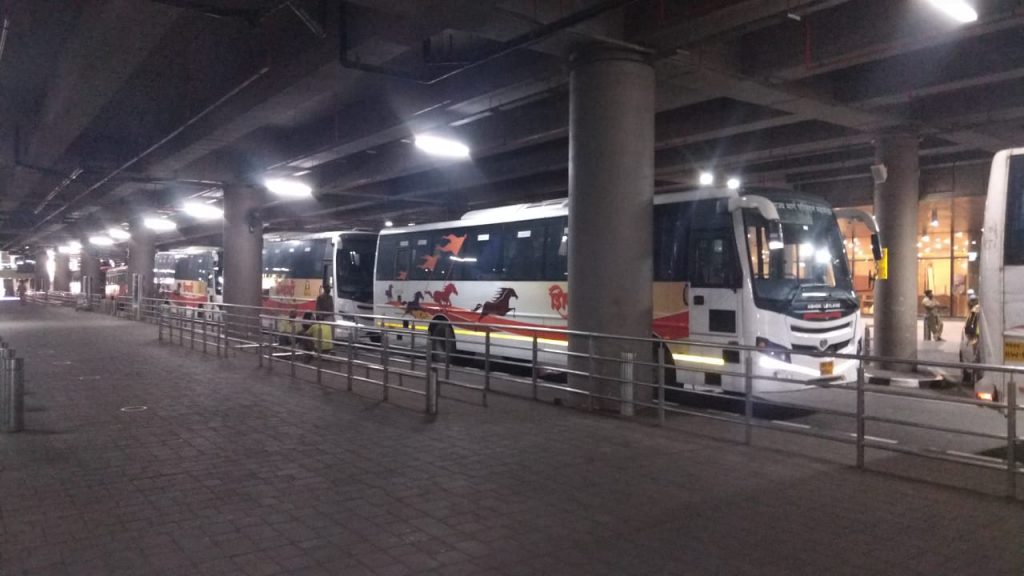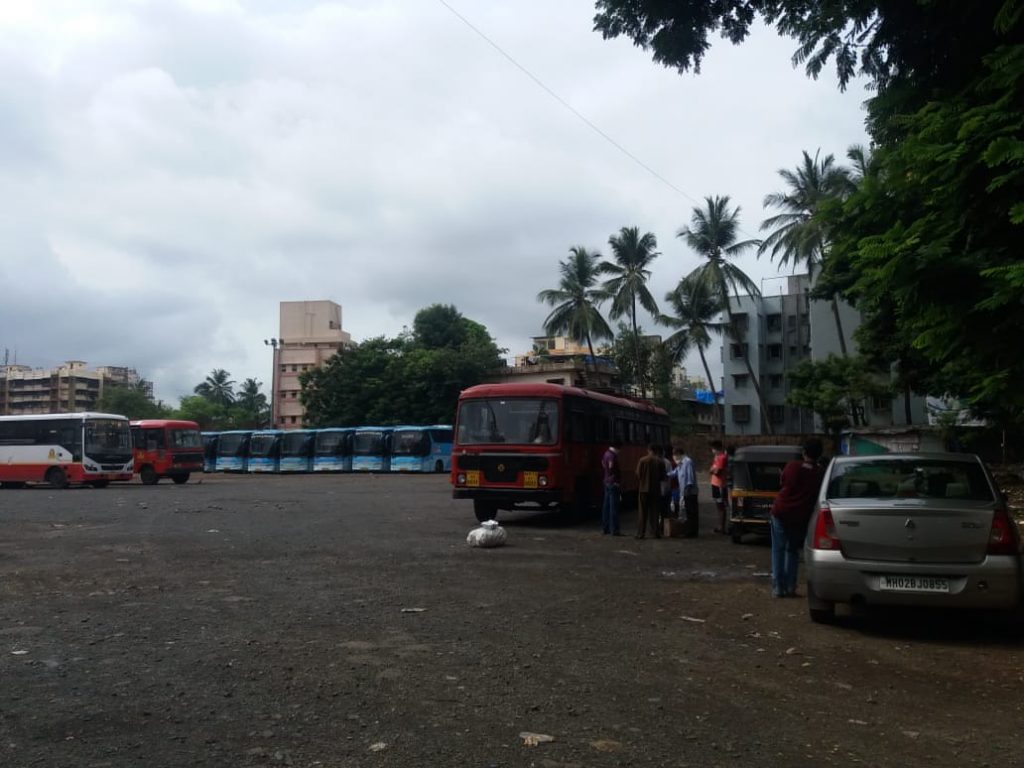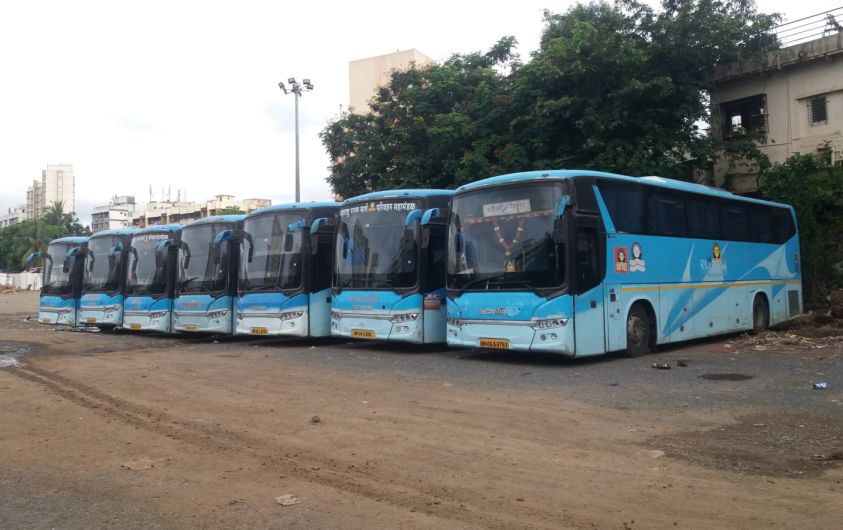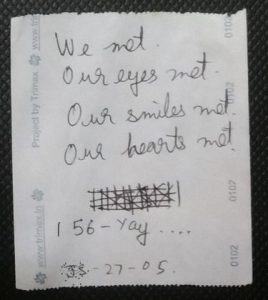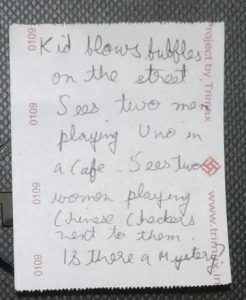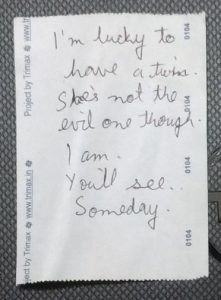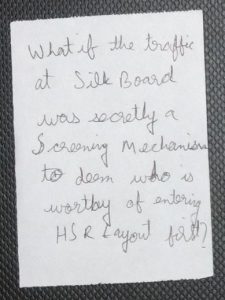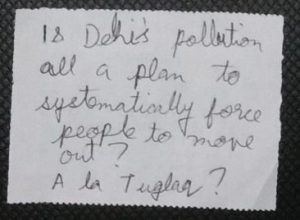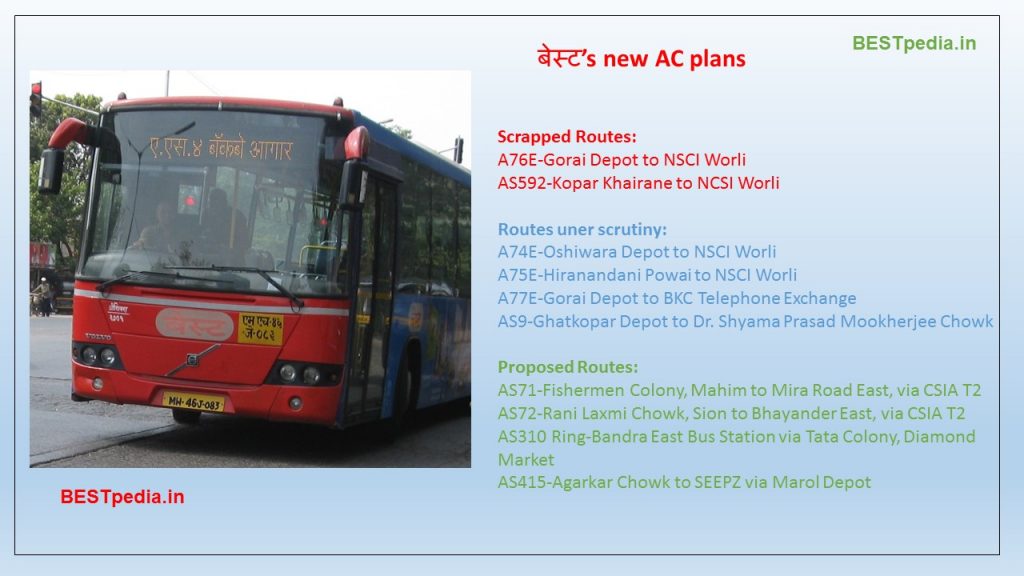We all would have heard the saying “Hit the Iron, when it is Hot”. The Navi Mumbai Municipal Transport (NMMT) has proved it well. It brought about a revamp that not only improved its services but also encouraged people to prefer them over its counterparts. Here is a detailed analysis of how NMMT has been through a critical phase and brought several improvements in its bus service.
The Beginning
When a majority of the population in Mumbai Metropolitan Region (MMR) was deprived of travelling by suburban trains, NMMT started Route 84 from Kurla Railway Station (East) to Bharat Gears (Mumbra) via Vashi and deployed their newly procured Ashok Leyland SLF CNG Buses. This invited a lot of criticism since both the destinations do not fall under the jurisdiction of NMMC. But this isn’t the first time NMMT has done it. Ghansoli Depot’s AC-131 is supposed to operate between Airoli Bus Station and Borivali Railway Station but most of the time operated between Borivali and Thane Railway Station (East), grabbing the passengers of the Thane Municipal Transport’s (TMT’s) only active Volvo route AC-65. Moving on, the undertaking received electric buses built by JBM Auto which brings us to the next point.
The Future is Electric
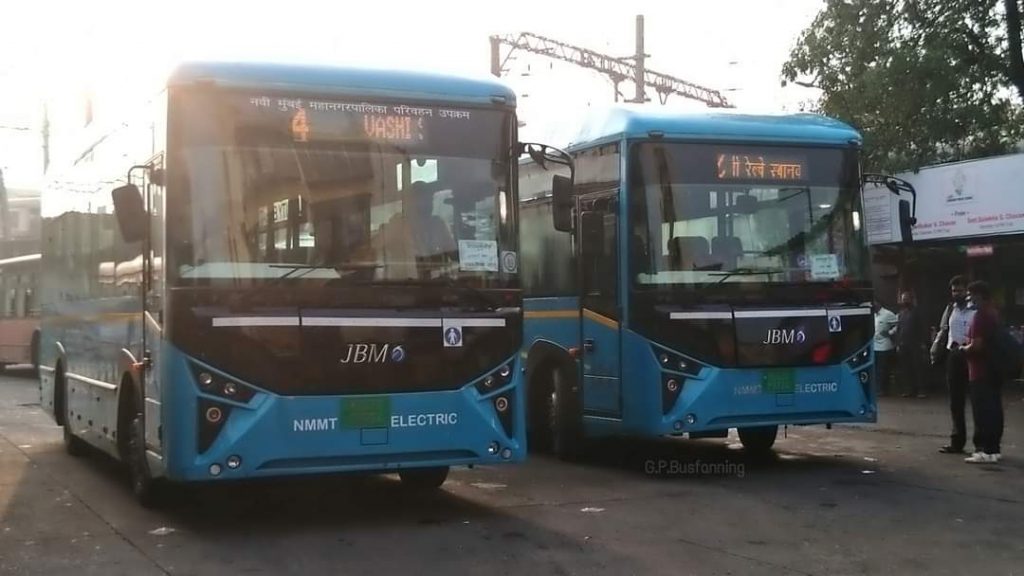
As the Pune Mahanagar Parivahan Mahamandal Limited (PMPML) was getting MEIL Olectra K9D buses and the Brihanmumbai Electricity Supply and Transport (BEST) was gearing up with the delivery of Tata Starbus Ultra and Urban EV, NMMT too had plans for expanding the Electric Bus strength with JBM Ecolife e9 and e12. They set up fast chargers at Vashi Railway Station as well to improve the efficiency. The e9 fleet was deployed on Non-AC routes like 1, 4, 8, 9, 42, 111 and 144 charging Non-AC Fares and AC-105, AC-107 and AC-110 with AC fares. There were paper sheets pasted on the front and side of the bus saying “साध्या दरात एसी प्रवास” (AC Bus at Normal Fares). The buses were impressive, so were their numbers. Slowly, the JBM e12 showed up as well and they began their journey by working on trials. The trials took so long that the buses lying idle started getting damaged during monsoon.
Then, the rumors came of these buses commencing their services during Diwali. Finally, in mid-November the buses started plying on routes 1, 62 and 100 but with a twist.
The Fare Revision
Walking on the footsteps of BEST, NMMT too came up with a solution of fare revision to attract passengers to their AC services. From 23 October 2021, the fares were revised with the minimum fare slashed down from ₹15 to ₹10 and the maximum fare brought down from ₹110 to ₹65. Considering the Volvo fleet of NMMT and the maintenance these buses require, this fare chart is quite reasonable. Talking of the difference between Non-AC and AC fares, the new fares have shortened the gap, thereby encouraging passengers’ buying capacity to avail a comfortable ride in AC through paying a little more. NMMT not only publicised this policy through a Press Note, but even through putting up banners at various bus stops. The twist though is that they started charging the new AC fares in the JBM electric euses which are deployed on their several Non-AC Routes.
However, the difference can’t be felt to such an extent. For instance, a ticket from Thane CIDCO to Sanpada Police Station is ₹23 for a Non-AC bus while it is ₹30 for the AC bus plying on route 1 between Thane and CBD Belapur. The “साध्या दरात एसी प्रवास” tagline on all their Electric Buses was replaced with “वातानुकूलित बस सवलतीच्या दरात” along with pasting the revised fare chart onboard to make passengers aware of the change in fares.
Network Expansion: Connecting the Unconnected

With Maharashtra State Road Transport Corporation (MSRTC) workers on an indefinite strike, NMMT saw another opportunity in this case and started expanding their operation radius beyond Navi Mumbai. Navi Mumbai itself is expanding, with the suburban rail now serving Ulwe (Kharkopar) and further planning to reach Uran. The Mumbai Trans-Harbour Sea-Link (MTHL) is being developed in full swing while Navi Mumbai International Airport remains a big Question Mark till date. The residential areas are developing in Ulwe on one hand and Taloja and Shil Phata on the other. Over the years, Ambernath – Badlapur never had their dedicated public transport undertaking and are dependent on NMMT unlike Kalyan – Dombivli who have KDMT to serve their areas. But the Volvos of the Kalyan-Dombivli Municipal Transport (KDMT) are in miserable condition now and mostly operated from Vasant Valley Depot to Kalyan Railway Station.
NMMT now armed with a variety of Ashok Leyland JanBus, Tata LPO1613, Volvo B7RLE, JBM e12, JBM e9, Eicher Skyline Pro, Tata Starbus Ultra, the newly procured Ashok Leyland SLF CNG and some of their old CNG Buses to choose upon, was ready to tackle these situations.
First things first, the newly procured CNG SLF buses were put into service between Kurla and Bharat Gears Mumbra. This was an invitation to heavy amount of criticism but neither BEST nor TMT focused on this. So NMMT took the non-AC buses and started the service. It turned out to be a success since trains were not accessible for everyone, thereby major public transport commuters were relying on buses.
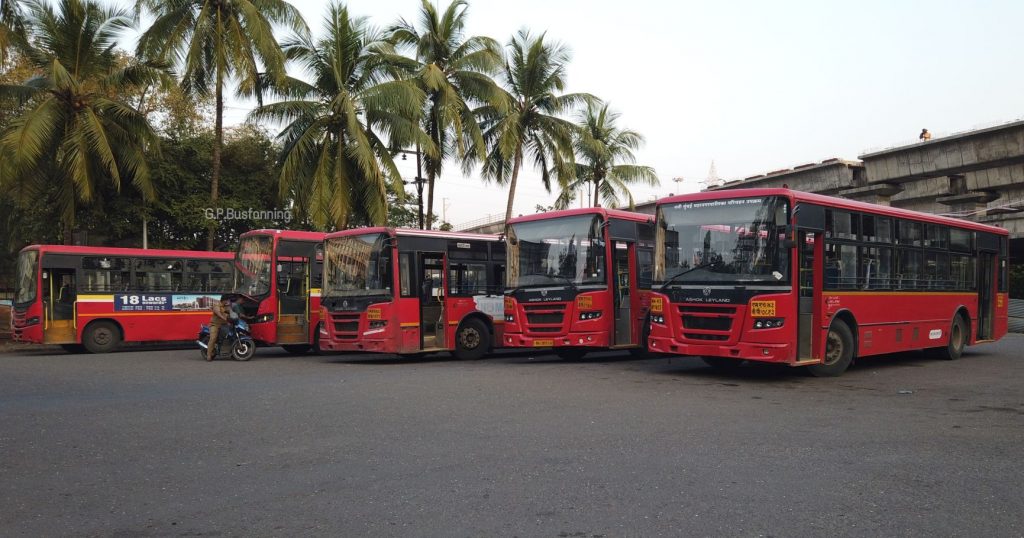
.
They then started three routes to South Mumbai via the Eastern Freeway. One from Ghansoli Gharonda, one from Kharghar and one to CBD Belapur. These routes included the operations of CNG SLF buses, Volvo B7RLE and JBM e9 combined. When JBM e12 fleet was under trials, few of them were deployed on AC-107 from CBD Bus Station to World Trade Centre as well. Once their JBM e12 finally entered service, many were sent en route Lokmanya Nagar (100), Kalyan (62), Thane CIDCO (1), Bamandongri (17) on day one.
TMT meanwhile was busy playing around with its AC-145 which initially started from Bharat Gears Mumbra to Mumbai CSMT via the Eastern Freeway with just one Volvo sent in the morning and in the evening. This was later extended upto Datta Mandir near Kalyan Phata. It was a time-consuming route and the bus used to run empty. Even the driver didn’t bother to stop until someone requested. With the LED Display off, hardly anyone would notice its presence. Just like its predecessor AC-144 (Cadbury Junction to Mantralaya), it was ultimately shut down. There is a just a single newly-started route that TMT is handling well which is 74 from Thane to Diva Railway Station. Lately, they are running routes 79 and 99 from Mulund Check Naka to Parsik Nagar and Retibunder Kharegaon with a good frequency during peak hours.
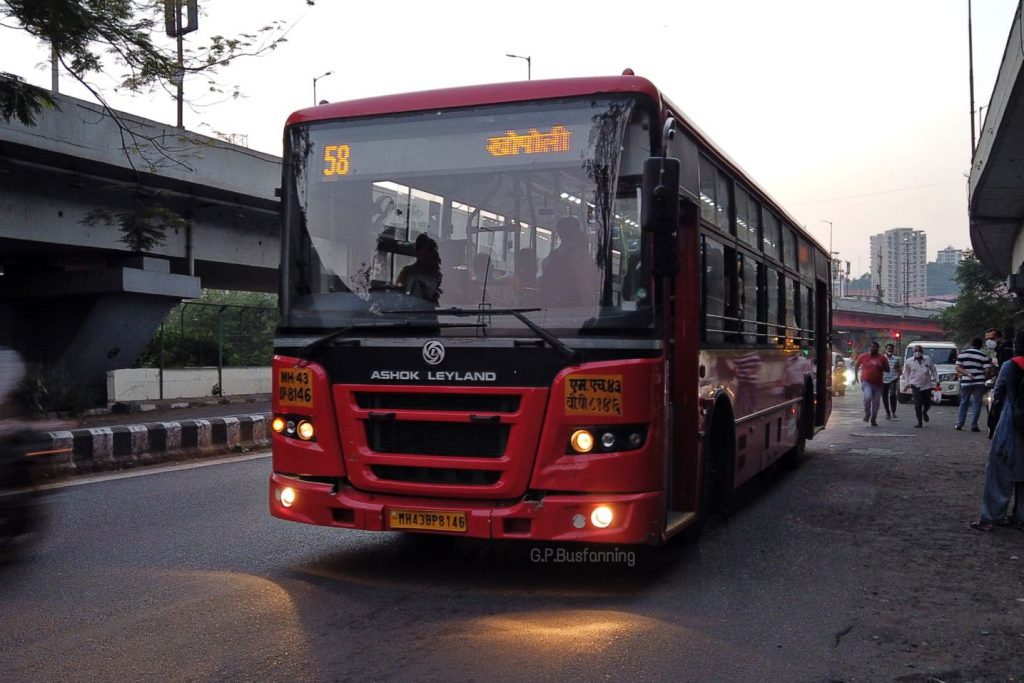
NMMT too recently started their route from Thane CIDCO to Diva Railway Station via Digha Village, numbered 86. Thus the Ghansoli depot’s Tata Starbus Ultra midi buses have started competing with TMT’s 2×1 Ashok Leyland diesel midibuses. On the southern end, NMMT had started plying buses from Vashi to Khopoli via Panvel. With the discontinuation of Khopoli Municipal Transport (KMT) service, this route proved to be a saviour. Currently, this route is curtailed up to CBD Belapur Railway Station. During the MSRTC Strike, another route was inaugurated from CBD Belapur. Route 49 to Karjat is operated by Asudgaon Depot via Panvel, Shedung and Chowk becoming the first municipal transport body to enter Karjat.
Conclusion
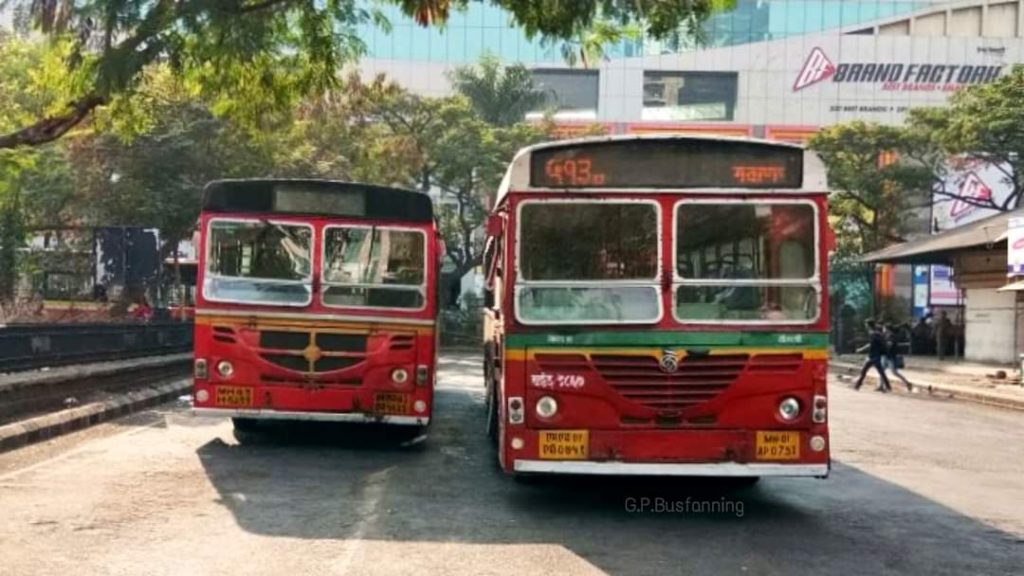
NMMT was equally hit by losses during this pandemic but kudos to their planning, they are slowly coming out of this phase. Stretching their arms, there are talks to start buses towards Titwala, Shahapur but as of now, there is no confirmation regarding the same. From 1 September, BEST shrunk their network due to a fleet shortage despite having affordable ticket fares. TMT does not have any electric bus in its fleet as of today but there are talks to procure some of them in future. Once operating the Ashok Leyland buses which were similar to BEST, then the Volvos which are a pride of the undertaking, introducing the JanBus around 2017, rolling out the JBM e9 in late 2019 and the JBM e12 in 2021, NMMT has evolved over time. They have learnt from the mistakes that BEST made and ensured that they do not repeat it. Their Ghansoli Depot although needs improvement since it has roughest bus drivers of the undertaking and a below average maintenance of buses. The future seems bright for NMMT to expand its network since it has “Hit the Iron, when it is Hot”.
There might be several points I missed out. Do let me know about them in the comments section below.
Featured Image: NMMT Volvo on AC131 plying between Borivali and Thane at Waghbill Naka. Ghodbunder Road. (Photo: Gandharva Purohit)
If you are stepping out, make sure you wear a mask, follow COVID Appropriate behavior and keep your hands sanitised.
![]()
